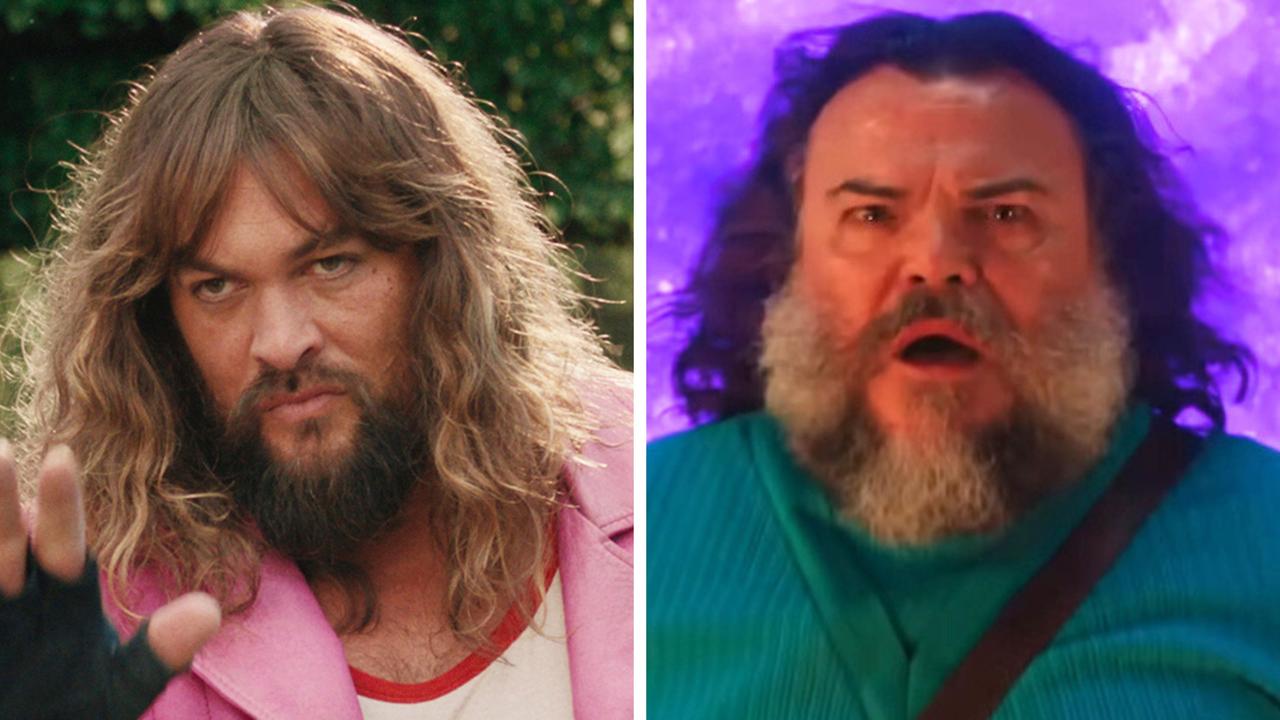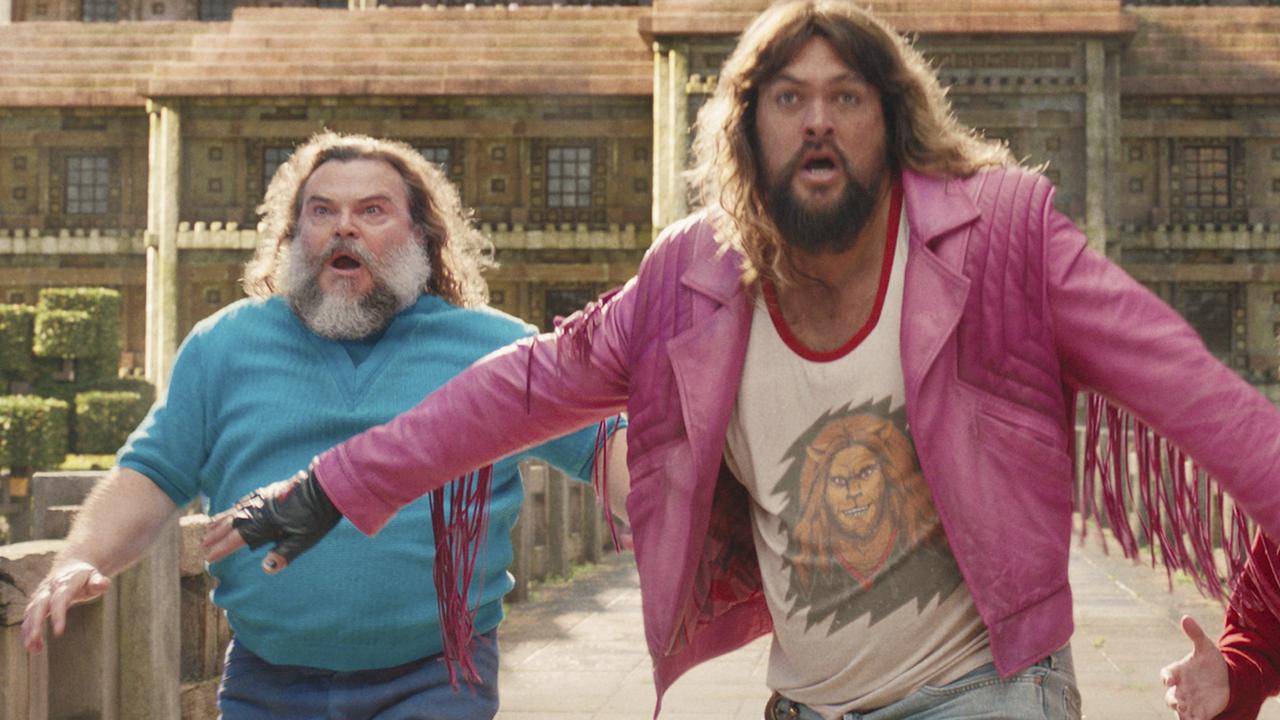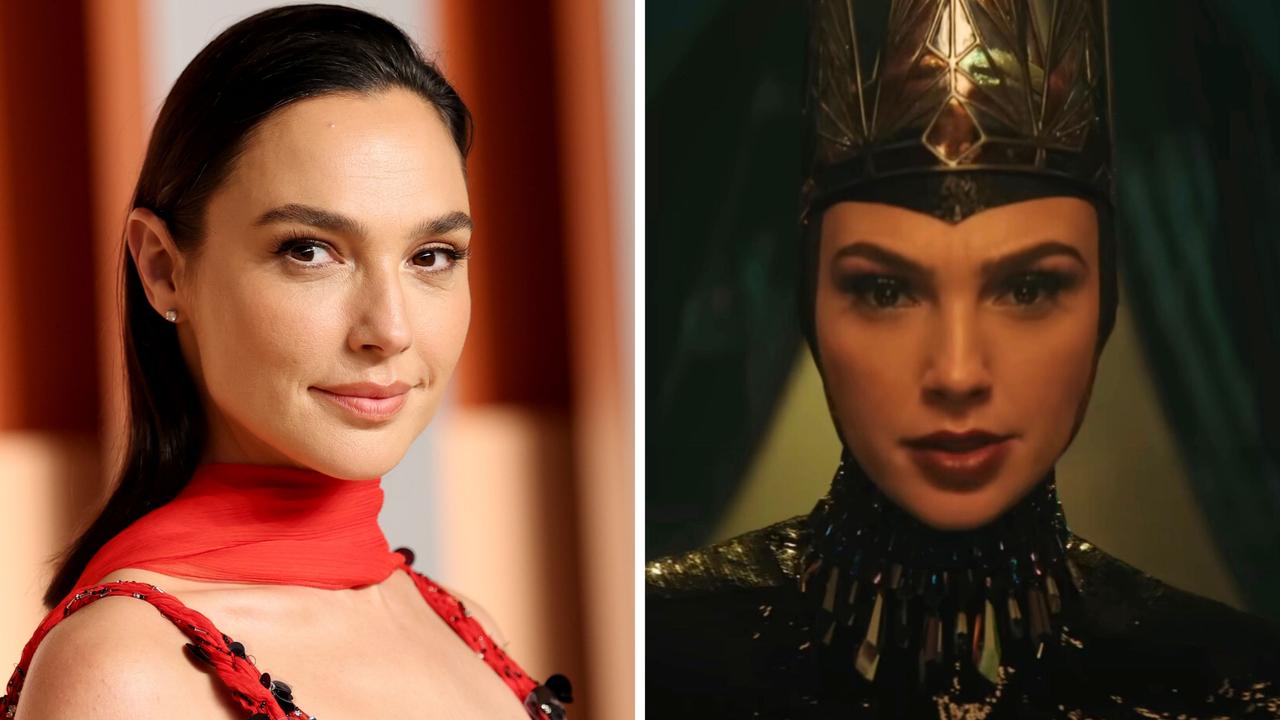Critics divided over The Girl On The Train
IT’S one of the most hyped movies of the year. And while some critics like The Girls on the Train, others thought the “movie is more drunk than Rachel is
New Movies
Don't miss out on the headlines from New Movies. Followed categories will be added to My News.
THE REVIEWS are in for The Girl On The Train — and critics are divided.
Tate Taylor’s adaptation of the best-selling Paula Hawkins novel is one of the most anticipated movies of the year. The film rights were optioned before the book was even published in January last year and fans were immediately caught off guard by some of the adaptation’s choices — like shifting the story to the US from its UK setting and casting glamorous Hollywood actress Emily Blunt as the alcoholic, overweight lead.
Despite these changes, The Hollywood Reporter notes “the film is very faithful to the book both structurally and in dramatic incident”.
But Train’s biggest hurdle is perhaps overcoming endless comparisons to David Fincher’s Gone Girl.
“Director Tate Taylor doesn’t bring the kind of stylistic dazzle that David Fincher, his fellow helmer in literary It Girl depravity, lavished on Dragon Tattoo and Gone Girl,” Entertainment Weekly’s Leah Greenblatt wrote, scoring the film an A-minus. “But he deftly translates the bleak, raw-boned menace and tricky time signatures of Train’s intertwined plot lines, and draws remarkably vivid performances from his cast, particularly his two female leads. Blunt and Bennett aren’t girls at all; they’re women on the edge of their own oblivion, wounded and furious and chillingly real.”
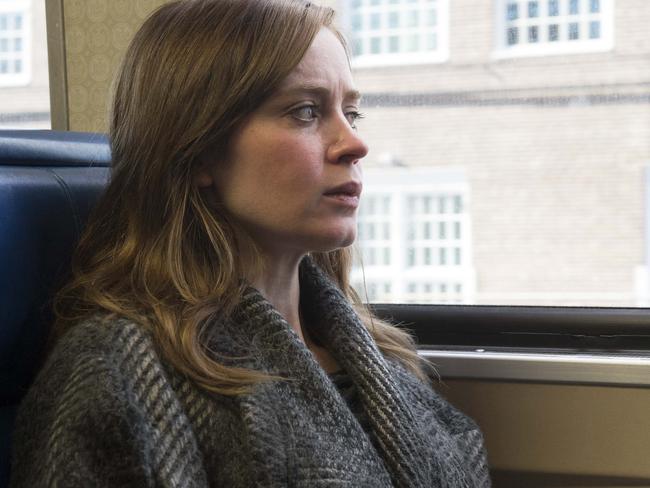
While some had doubt’s over Blunt’s casting, Greenblatt adds the film “embraced [the novel’s] ugliness”. [It allows] Emily Blunt’s Rachel to be nearly as vodka-drenched and emotionally wrecked as Hawkins’ ‘barren, divorced, soon-to-be-homeless alcoholic’ was on the page.”
Despite this praise for both leading ladies and the story’s transposition to the big screen, The Guardian’s Peter Bradshaw wasn’t as taken. Scoring the film two out of five stars, Bradshaw wrote Blunt “doesn’t have as much fun as she ought to”.
“Emily Blunt does her considerable best with this exasperating and plaintive role [but] fans of Paula Hawkins’s thriller might find themselves sticking to the book,” he wrote.
Other critics were a little more harsh. After labelling Gone Girl “trash”, IndieWire’s David Ehrlich said Train fell lower on the scale as “pure garbage”.
“Perhaps it’s inevitable that The Girl on the Train plays like a flimsy, artificially sweetened version of David Fincher’s lurid trash-terpiece — the source material, for all of its strengths, was still a less savvy and satirical version of the Gillian Flynn thriller that inspired one of 2014’s best films,” Ehrlich wrote, slapping the film with a D-plus. “But no matter how basic Hawkins’ book might be in comparison to some of the ones that came before it, it’s hard to argue that it didn’t deserve better than this, that any story so smartly attuned to the need for women to hear themselves and each other should be reduced to such flavourless swill. Gone Girl may have been trash, but The Girl on the Train is pure garbage.”
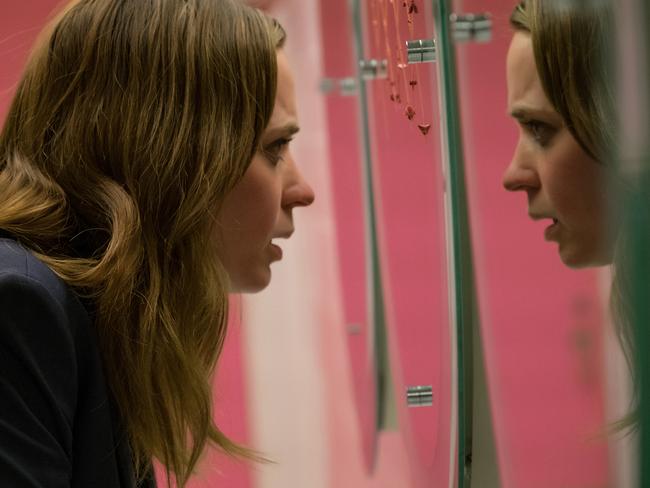
While Variety’s Owen Gleiberman praised Blunt and predicts the film’s box office success, he wasn’t as impressed with the story.
“The Girl on the Train gets less convincing as it goes along — the climax, which features a man, two women, and a kitchen utensil, is borderline camp — yet the movie has just enough intrigue, and has been made with enough craft, to disguise (for a while) the late-night cable-thriller mechanics it ultimately succumbs to,” he wrote. “It delivers a sense of hidden dark lives, which is why it should have no trouble connecting at the box office.
“Put in demographic terms, a movie like this one fills an essential niche for women moviegoers, and they will likely revel in every sneaky, lurid moment of it. But that same audience should also realise that it ultimately deserves better than decently executed female-gaze victimisation pulp.”
The real challenge for director Tate Taylor was telling the story with three first-person points of view — something The Wrap’s Robert Adele said Taylor was “incapable” of doing. The movie [felt] like a gossipy yarn told by someone way too impatient to get to the good stuff,” he wrote.
But as most critics have noted, it’s Emily Blunt’s performance that really shines in one of 2016’s most-hyped movies.
“There’s a small irony to the fact that Emily Blunt’s performance survives the mess around her: the movie is more drunk than Rachel is, never more so than when the camera gets inches from her reddened face, trying to heighten the wooziness,” Adele adds.
“Despite being done no favours by Taylor, Blunt still manages to embody the clever notion that a thriller filtered through an obsessed, memory-challenged protagonist can be both puzzle and character study. The movie may make hash of the mystery elements, but at least Blunt’s believably broken and confused Rachel offers something to latch onto as the not-too-hard-to-figure-out twist gets closer to being revealed.”
The Girl On The Train hits Australian theatres this Thursday.
Originally published as Critics divided over The Girl On The Train


